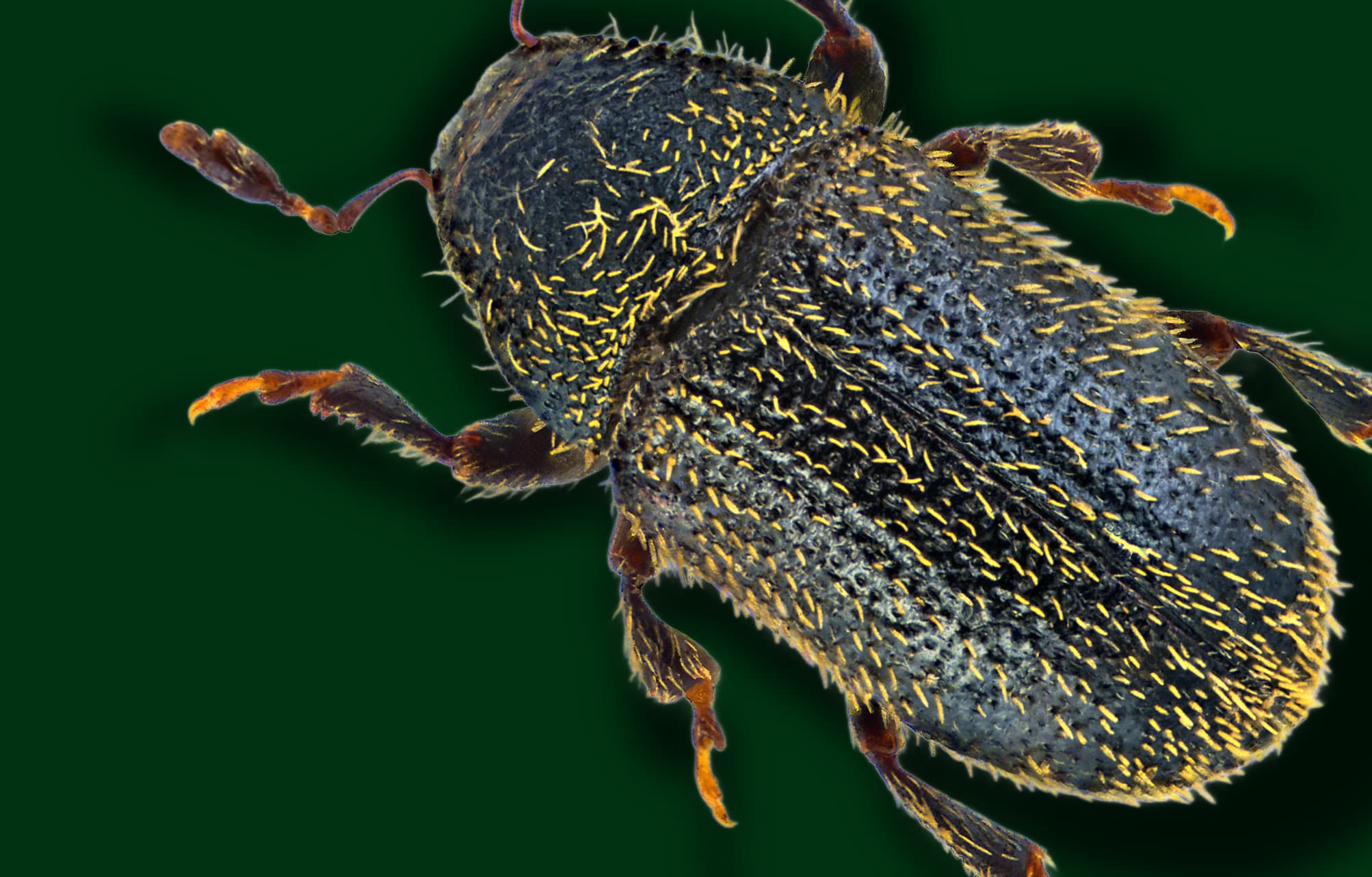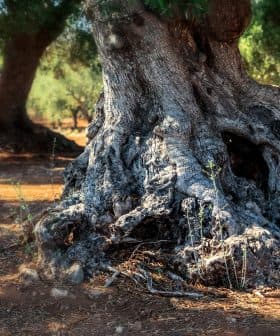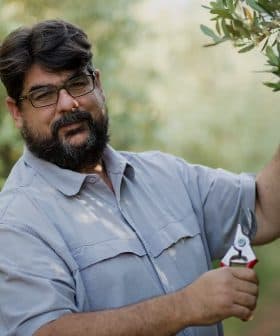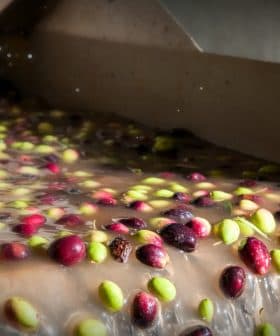Botanical Pesticide Outperforms Synthetic Alternative in Killing Olive Bark Beetle

A study found that natural garlic distillate is highly effective in killing olive bark beetles, with close to 100 percent mortality rates, while not harming the beetle’s primary natural predator, the parasitic wasp Cheiropachus quadrum. This research, published in the Journal of the Entomological Research Society, highlights the potential of garlic distillate as a safer and more effective alternative to synthetic insecticides for controlling olive bark beetle infestations.
A new study has shown that natural garlic distillate can achieve close to 100 percent mortality against the olive bark beetle, despite its synthetic equivalent being relatively ineffective.
The research, published in the Journal of the Entomological Research Society, also found that the compound did not affect Cheiropachus quadrum, the parasitic wasp, which is the beetle’s primary natural predator and an essential biological control.
Olive bark beetles are parasitic insects that can directly affect olive productivity. They spend the winter in their adult state, sheltering in small galleries dug into the joints of leaves, fruits or small branches.
See Also:Olive Leaf Moth Threatens Brazilian Crops — Researchers Seek SolutionsShortly after pruning takes place in the spring, they move towards the partially-healed wounds, where the males burrow beneath the bark, constructing a cavity known as the “nuptial chamber.” After mating in this chamber, the females create a gallery that branches off to the left and right, in which they deposit an average of 50 to 100 eggs.
When hatched, the larvae feed on the wood, creating extensive galleries by burrowing perpendicular to the original cavity until pupation.
The new generation of adults emerges after 40 to 60 days, generally between the end of May and July. These adults then move to nearby olive groves to feed and then overwinter until the cycle begins again the following spring.
The feeding galleries of the adults cause the most serious commercial damage. This feeding activity partially or completely engulfs the branch or twig, weakening its structure and damaging vascular tissues, which causes leaves, fruit and productive twigs to fall.
Trees that are affected over multiple seasons can also exhibit retarded development due to the recurring disruption of natural growth patterns. This subsequently affects productivity and commercial viability.
Generally, where the infestation is limited, pruning and subsequent burning of the infested branches are sufficient to eliminate the problem. However, weakened trees, such as those affected by drought, that are severely attacked by the larvae have a lower chance of recovery and may even die.
In cases where live adults are present on more than ten percent of shoots, insecticide use is indicated.
See Also:New Tool Uses Satellite Data to Combat Olive Fruit FlyArtificial insecticides, such as pyrethroids, however, have proven to be far less effective against the adult olive bark beetle than against its larvae.
In addition, there is growing alarm over their lethal effects on non-target organisms, such as bees and other key species.
To assess the susceptibility of both the larval and adult stages of the beetle to garlic distillate, the researchers conducted a series of laboratory bioassays.
The distillate in question primarily comprised diallyl disulfide, diallyl trisulfide, methylallyl trisulfide and vinyldithiin (1,2‑dithiin and 1,3‑dithiin) molecules, several of which have seen individual success in previous insecticidal trials.
The highest lethal concentration value of garlic distillate was estimated at 3.45 milligrams per liter (mg/L) for larvae and at 4.41 mg/L for adults.
The application of a dose of 8.19 mg/L achieved 100 percent mortality in both life stages. The mortality rate of adults treated with the artificial alternative was significantly lower than that caused by garlic distillate at 7, 14 and 21 days after treatment.
The effects on Cheiropachus quadrum, a parasitic wasp, were also evaluated.
Hymenopteran parasitoids are among the most important natural enemies of bark beetles worldwide, and C. quadrum is the primary predator of the olive bark beetle, capable of reducing populations by 30 to 50 percent.
The researchers found that, unlike pyrethroid-based insecticides, the garlic distillate being studied had no significant effect on the adult wasp, nor on its ability to parasitize beetle larvae and reproduce, thus further increasing its suitability as an eco-friendly bio-pesticide candidate.









